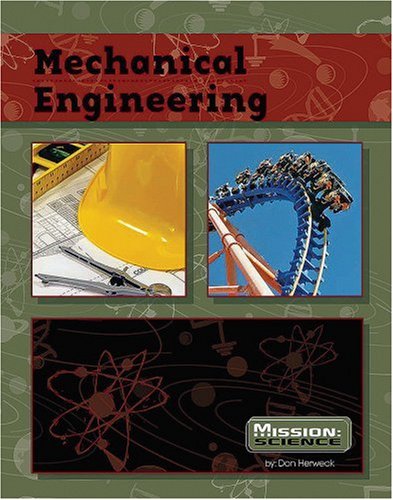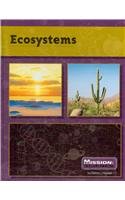-
Mechanical Engineering
Don Herweck
Library Binding (Compass Point Books, Sept. 1, 2008)Engineers use math and science to design, build, and help things that move. They utilize specific laws of physics and motion that apply to every object on the planet. These laws cover things like force and motion, density and pressure, and dimensions and measurements. For more information on engineers, read Robert Fulton: Engineer of the Steamboat, another book in the Mission: Science series. Y
Y
-
Ecosystems
Debra J. Housel
Library Binding (Compass Point Books, Jan. 1, 2009)Housel, Debra J. U
U
-
Building the Three Gorges Dam
L. Patricia Kite, Adam Miller
Library Binding (Raintree, Sept. 1, 2010)What were the challenges of building the Three Gorges Dam? What are the pros and cons of this immense structure? Find out in this fascinating book.
-
Building the Three Gorges Dam
L. Patricia Kite
Library Binding (Raintree, Jan. 1, 2011)What were the challenges of building the Three Gorges Dam? What are the pros and cons of this immense structure? Find out in this fascinating book. W
W
-
Mission to Mars
Eve Hartman
Paperback (Capstone Global Library Ltd, Oct. 1, 2011)This series introduces real-world science examples that explain how scientists go about their work. By using newsworthy stories from the world of science and first-hand accounts that communicate excitement and present scientists as role models, this series really brings science to life. Y
Y
-
Developing Flu Vaccines
Michael Burgan, Adam Miller
Library Binding (Raintree, Sept. 1, 2010)The Flu is much more than a bad cold. It can kill. How does it spread so quickly? How are vaccines created? Find out in this fascinating book. W
W
-
Space Exploration
Connie Jankowski
Library Binding (Compass Point Books, Sept. 1, 2008)Jankowski, Connie T
T
-
Cloning Pets
Sean Price, Adam Miller
Library Binding (Raintree, Sept. 1, 2010)Will we ever be able to clone our pets? Would that be a good thing? Explore these topics in this fascinating book.
-
Mapping Earth from Space
Robert Snedden, Adam Miller, KJA Artists
Library Binding (Raintree, Sept. 1, 2010)Satellites can now map 99 percent of the Earth's surface. What can scientists learn from these images? Find out in this fascinating book.
-
The World of Plants
Michael L Macceca, Robin S. Doak
Library Binding (Compass Point Books, Jan. 1, 2010)Plants are amazing food factories. They make their own food from sunlight, water, air, and soil. They also provide food―nuts, berries, leaves, roots, stalks, and other plant parts―that humans and other animals eat. Plants create material for our clothes, houses, and furniture, and even the oxygen we need to breathe. For information on plants, read George Washington Carver, another book in the Mission: Science series. U
U
-
Searching for Arctic Oil
Eve Hartman, Wendy Meshbesher, Adam Miller
Library Binding (Raintree, Sept. 1, 2010)There is oil under the ice in the Arctic, but how much? How would getting it affect this protected ecosystem? Find out in this fascinating book.
-
Elements
Lynn Van Gorp
Library Binding (Compass Point Books, Sept. 1, 2008)Everything in the universe is made of matter. Matter is made of tiny objects called atoms. There are many types of atoms. When atoms of the same type combine, the result is an element. Some elements, like silver and oxygen, are found in nature. Others are man-made. When combined, elements can form new substances. For more information on elements, read Antoine Lavoisier: Founder of Modern Chemistry, another book in the Mission: Science series. X
X